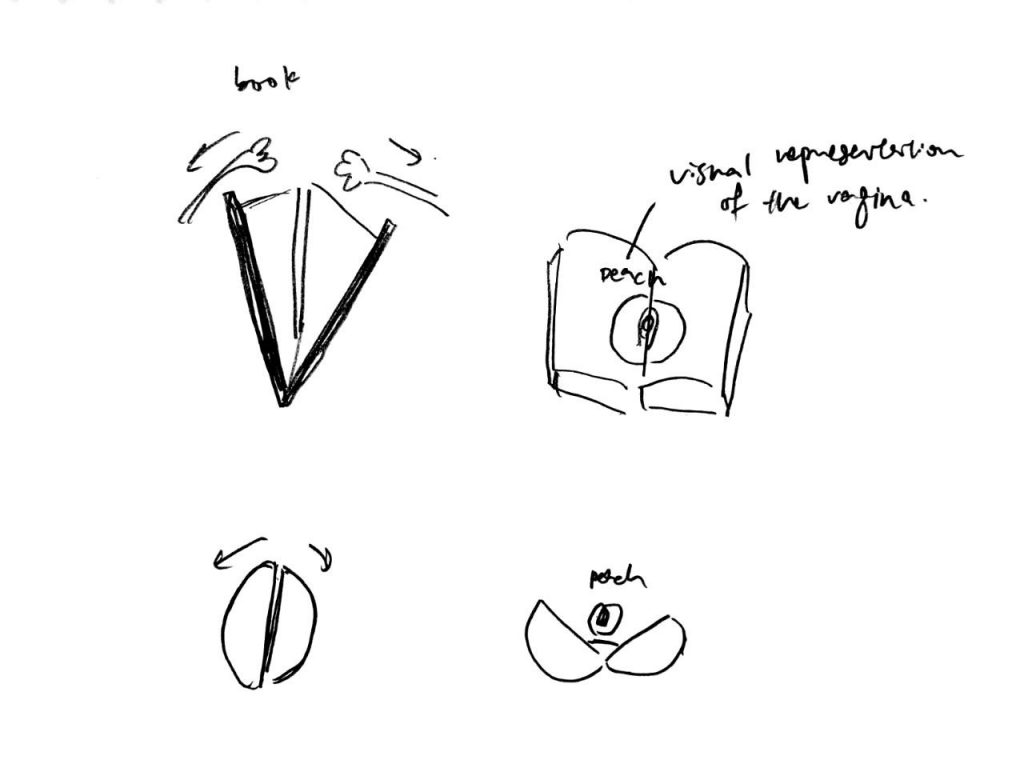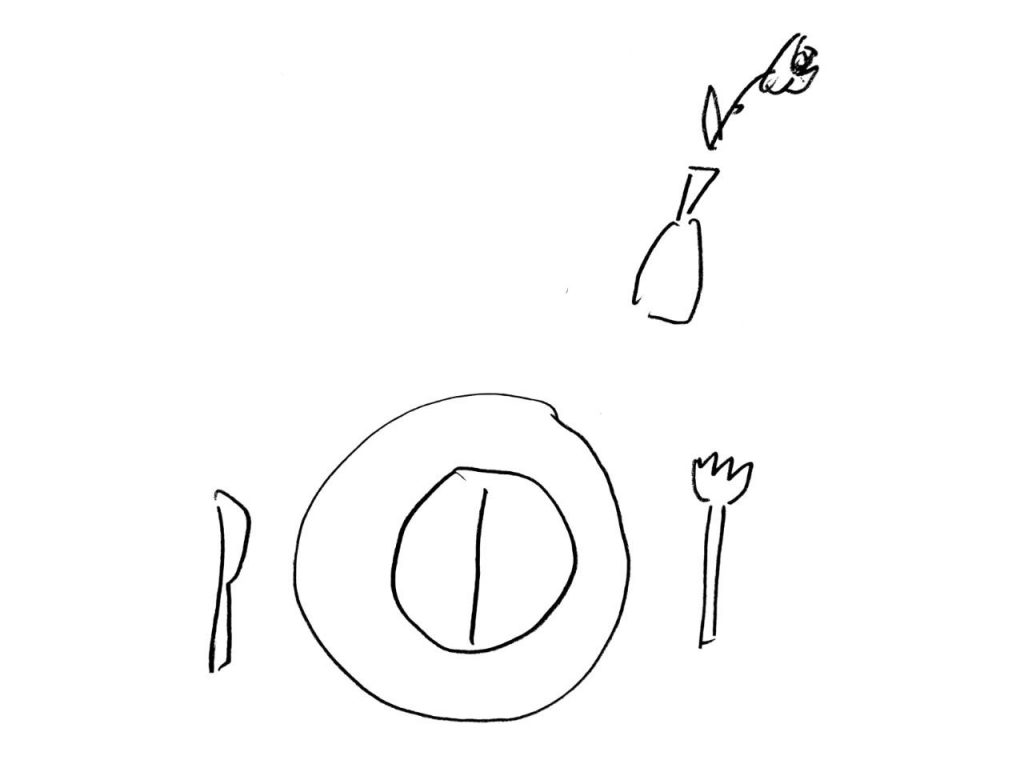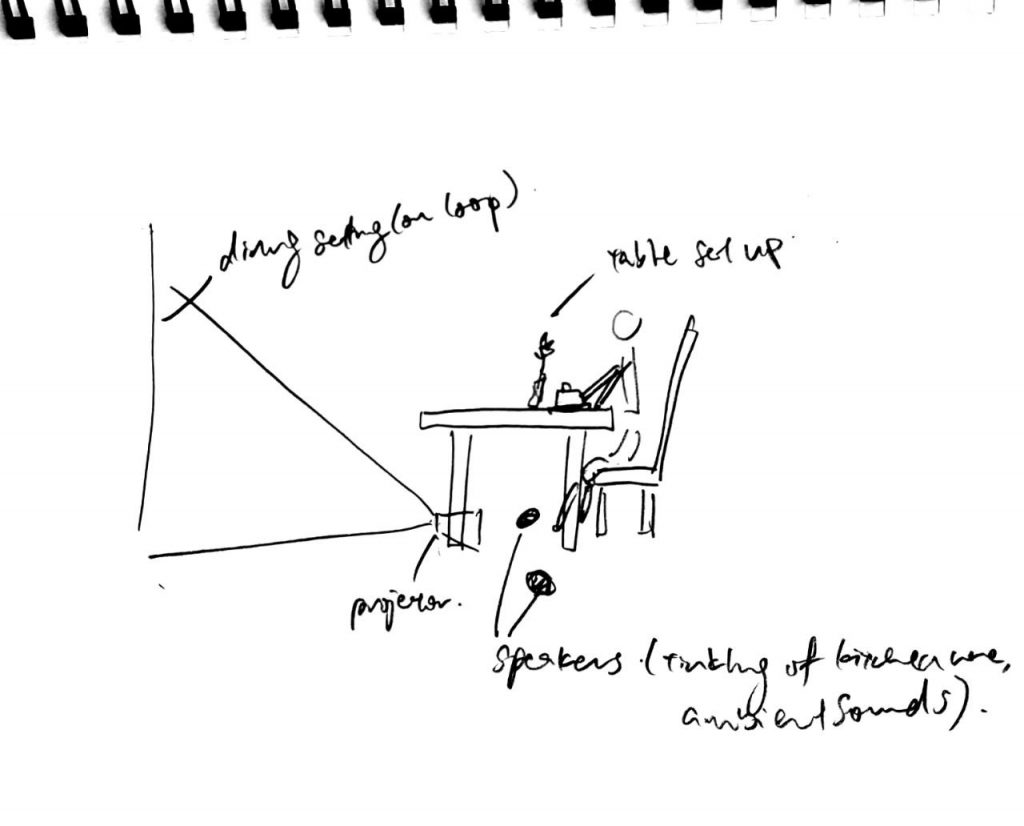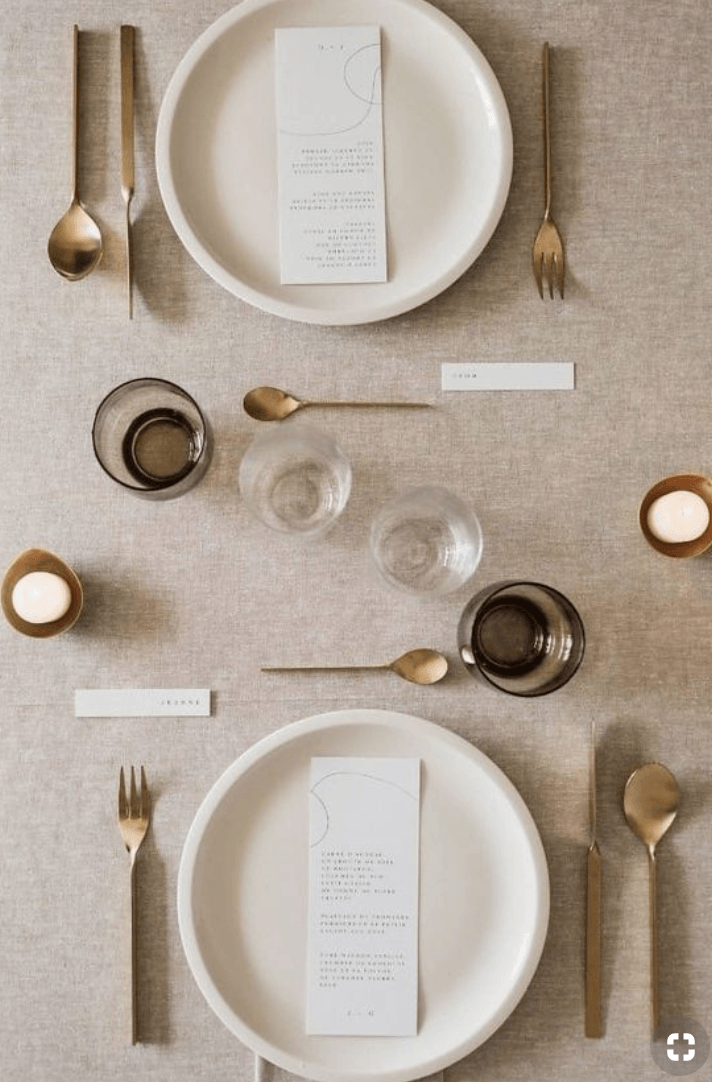Interactive experiences/installations can be used as platforms to comment and reflect on social behaviours in a less assertive and direct manner. This is useful in spurring conversations and is crucial in changing social behaviours.
Therefore, we felt that we could use this opportunity to comment on how consent in sex has been overlooked. We’ve heard many stories from friends around us, of how an innocent girls’ night out turned into a bad experience. Instances of being intoxicated and “daobao-ed” to a stranger’s home or hanging out and drinking with friends.
Moreover, the whole notion of consent also alludes to the lack of one in the proliferation of personal sensitive materials. This brings up the recent case of Bellywelly’s leaked sex tapes, revenge porn, the proliferating use of hidden cameras in South Korea.
Initially, we wanted a set up of a book as opening a book is similar to the act of separating a pair of legs. However, we felt that this set up would be far too simplistic and lacking thus we decided to use a dining setting.
The dining setting alludes to the first dates through which many of these instances began with. Also, a dining setting alludes to the predatory behaviour of preying on an individual.







1. How does your audience experience your project?
JE: My participant will enter an immersive installation that emulates a restaurant. He/she will approach and sit at the table. A visual scene at a restaurant will be projected while the ambient sounds of a restaurant will be played. The participant will have nothing else to do but to lift the cover off the plate. It will be a struggle as it is held down by magnets but when the participant is finally able to lift up the cover, he/she will see a cross-section of a real peach/pomegranate. Peaches and pomegranates are strong visual representations of the vagina. At this point, the video and sounds will stop abruptly and the screen will show this phrase, “silence is not consent” before fading out to a black screen
YL: The audience would walk up to the installation to appreciate the set up. The audience would interact with the object by lifting the cover, hence triggering our output which is the change in the projection of the environment (and changing the atmosphere of our installation).
2. Is it for a single person to engage with your project or for multiple participants concurrently?
JE: The installation can only accommodate one person at a time.
YL: It is designed for single person at the moment in order to amplify the sense of guilt/disturbance the participant may experience as well as allowing them to think and ponder over their experience without exterior distractions.
3. What is the interaction or situation you are creating for your audience?
JE: I’m placing the participant in the shoes of the protagonist in which they have to act their deliberate intent to access the food. This gives the participant a visceral point of view of someone with predatory intent. Through the experiment, the participant will understand that without their deliberate actions, the peach would remain concealed. This comments on the confusion behind consent before sex. Consent is assertive and clear hence anything outside of these parameters would then fall outside of content.
YL: It is to create a symbolic situation in accordance to our chosen topic. The interaction is the act of removing the object’s cover, while the situation is the sudden change of scene in the projected restaurant.